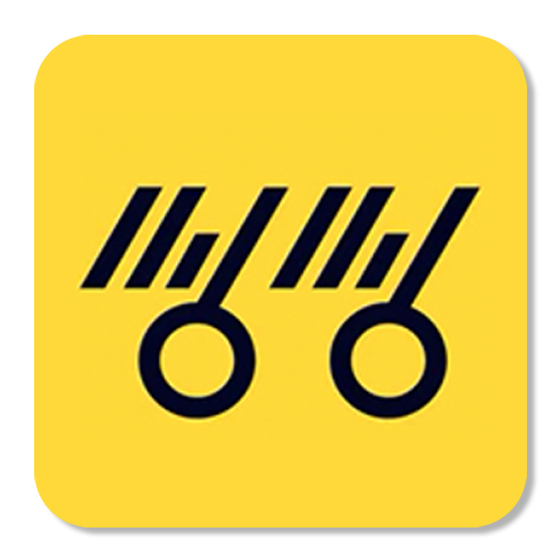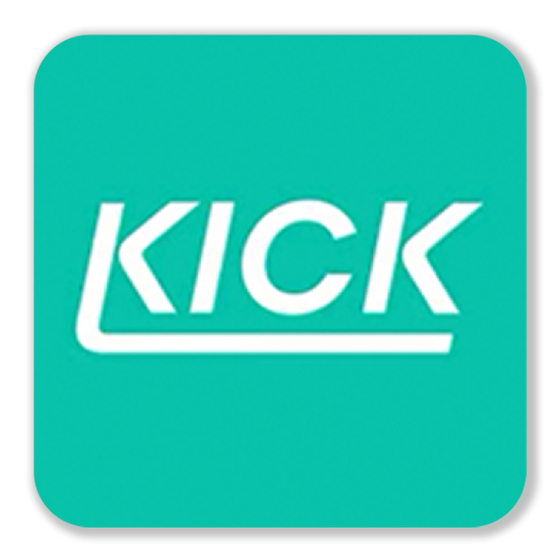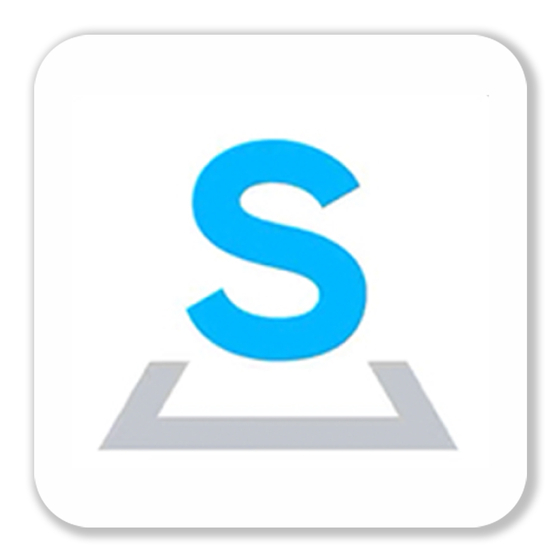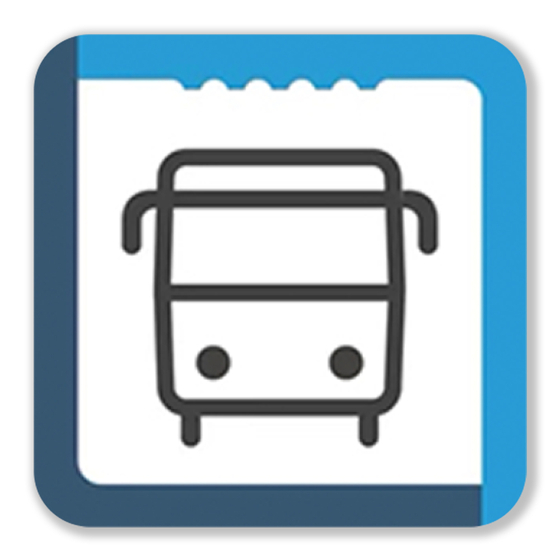Get around Korea with alternative modes of transportation
“Let’s Run Run Run again! I can’t stop! Once again Run Run Run! I can’t help it but run!” Like BTS’s song "Run," life in Seoul can be busy, and sometimes it seems like people run around 24 hours a day, seven days a week. Public transportation may sound like the fastest and the most efficient way to get around, but subways and buses are not the only options available.Bicycles are a good choice to get around the city, while scooters are a popular option for students on university campuses. If you want to go outside of Seoul, renting a car may be another option.
Bicycles: Ttareungi

The Seoul service first started in 2015, enabling citizens to rent bicycles around the Han river. It has since grown into a larger system with more than 2,600 rental stations and 40,500 bicycles around the city as of 2021.
The Ttareungi app is easy enough to navigate. You can choose between a one- or two-hour ticket that charges 1,000 won (80 cents) per hour. If you exceed your time limit, you will be charged an additional 200 won every 5 minutes.
You can easily find rental stations around Seoul. The stations are bright green and easy to spot, and many are located near the entrance of subway stations, with usually around 15 to 20 bikes.
Ttareungi bikes can be rented at any time of day. Stations are operated electronically all day and night, 24 hours a day, seven days a week.
Once you successfully rent a bike, cycle around Seoul and arrive at your destination or run out of time, you simply return the bike at any one of the stations. Before you leave, make sure you receive a return message after locking the bike, or else you may be charged.
With spring just around the corner, there are many great spots to take a bike ride. A two-hour ride from the Han River’s picnic spot in Yeouido, western Seoul, to the beautiful Seokchon Lake Park near Jamsil station in southern Seoul is one good option. Han River offers a well maintained bike and pedestrian lane all along the river, allowing anyone traveling the route to enjoy the scenery as they pass.
“I like [Ttareungi] because there is an English version of the app,” said Khan Arletta, a senior at Seoul National University. “Also, there is no membership subscription, so you can just rent it for an hour whenever you need it!
“There are so many spots to take your bike, which is very easy to find on the map.”
Scooters: XingXing

On other university campuses like that of Yonsei University, walking from one building to another can take some 15 to 20 minutes.
If you’re tired of the long walks, one solution could be scooters, easily accessible by downloading scooter rental apps.
XingXing was launched for the first time in 2019 in the Gangnam area. It later spread to different parts of the city like university campuses and business districts.
Unlike Ttareungi, XingXing — and other scooter rental services — doesn’t have designated scooter stations where scooters must be returned. Scooters can be left wherever — it can be left lying along the side of the streets or in front of your university campus building. It just has to be returned within the designated service area of the application.
To find available scooters, open the XingXing application. The app will show the location of available scooters near the customer.
The only disadvantage of these services is that the renter must have an active driver's license to rent a scooter.
“I use it mostly when I’m late for my classes. But also when the weather is nice, driving a scooter feels like anti-stress therapy,” said Luke Chung, a junior at Seoul National University.
Large universities like Seoul National University, Korea University and Yonsei University have shuttle buses that go through campus for anyone to ride. In Seoul National University in particular, shuttle buses operate around the school year-round.
Other options


Traveling outside of Seoul


“Socar is used if you want to travel for long distances, from city to city,” said Navin Rajan, a senior at Seoul National University. “For example, it’s perfect for a 2-hour drive.”
For far away destinations like Busan — one of the cities farthest from Seoul, located in the southeast corner of the Korean Peninsula — there are three options: planes, KTX high speed trains and intercity buses.

The premium class buses have spacey seats, TV screens in front of the seats and charger sockets, but is the most expensive. Normal buses won’t have all the fancy accommodations, but will be much more affordable.
BY STUDENT REPORTER KHAGAY TATYANA, MARIE-JOSEPHINE HATJE










with the Korea JoongAng Daily
To write comments, please log in to one of the accounts.
Standards Board Policy (0/250자)